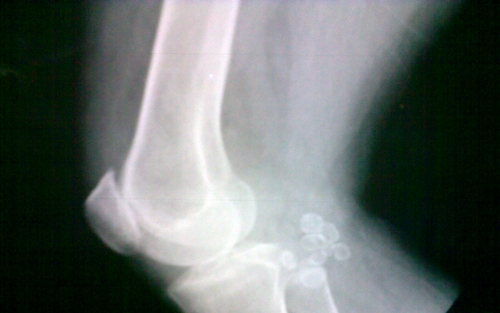2 April 2018. A pharmaceutical researcher developed treatments for chronic pain, formulated as nanoscale droplets, that in tests with lab animals target the source of pain directly and use much smaller doses than current pain drugs. Jelena Janjic, a professor at Duquesne University’s pharmacy school in Pittsburgh, described the formulation process and test results in a paper at last month’s American Pain Society Scientific Summit in Anaheim, California.
The need for new types of pain drugs is made more urgent by the continuing crisis of opioid addiction and overdoses, a problem intertwined with relief and management of pain, for which opioid drugs are usually prescribed. Opioids work by reducing the intensity of pain signals to the brain, particularly regions of the brain controlling emotion, which reduces effects of the pain stimulus. Examples of leading opioid prescription pain medications are hydrocodone, oxycodon, morphine, and codeine.
“Today’s pain medicines travel through the entire body,” says Janjic in a university statement. “Our approach is different: it delivers the medicine only to the injured area in the right amount, no more, no less.” To achieve these properties, Janjic’s process delivers the pain and inflammation drug celecoxib, a non-opioid compound often prescribed for pain associated with osteoarthritis and rheumatoid arthritis, as tiny droplets of 100 to 500 nanometers in an emulsion with standard surfactants.
Janjic says this process makes it possible to sharply reduce the amount of drugs given to treat chronic pain. In tests with lab mice and rats, induced with several types of injuries, the nanoscale drugs used 2,000 times less of the compounds than conventional formulations. The nanoscale drugs were given as single injections, which reduced behaviors in the animals indicating pain for anywhere from one week to one month after the injections.
In addition, a nanotech approach makes it possible to combine therapies with diagnostic functions, resulting in so-called theranostic drugs. Some nanoscale formulations can, for example, be viewed with MRI scans or other optical imaging technologies. By combining these functions, physicians can tailor the administration of pain medications to the precise needs of the patient, made possible with closer monitoring of the patient’s responses. In a 2015 paper, Janjic and colleagues described manufacturing methods to produce theranostic nanoscale emulsions in small, medium, and large-scale batches.
Duquesne says Janjic became interested in designing better pain medications when she became a chronic pain patient, and chose not to take opioid drugs. Janjic later helped start the university’s Chronic Pain Research Consortium, in which she now serves as co-director. The consortium is an interdisciplinary initiative drawing participants from the university’s pharmacy, chemistry, nanotechnology, psychology, nursing, neuroscience, and occupational therapy departments.
“These findings represent a complete paradigm shift in how we approach pain treatment,” adds Janjic. “The data strongly suggest a potentially universal pain reducing approach.”
More from Science & Enterprise:
- Trials Show Pain Drug Reduces Post-Surgery Opioid Use
- NIH Exec: Research Offers Opioid Crisis Solutions
- Report – Industry Pain, Addiction Drug Efforts Flagging
- Current Drug Helps Cut Opioid Use After Surgery
- Marine Animal Venom Studied for Pain Drugs
* * *


 RSS - Posts
RSS - Posts
[…] Nanotech Pain Drug Formulations Developed […]